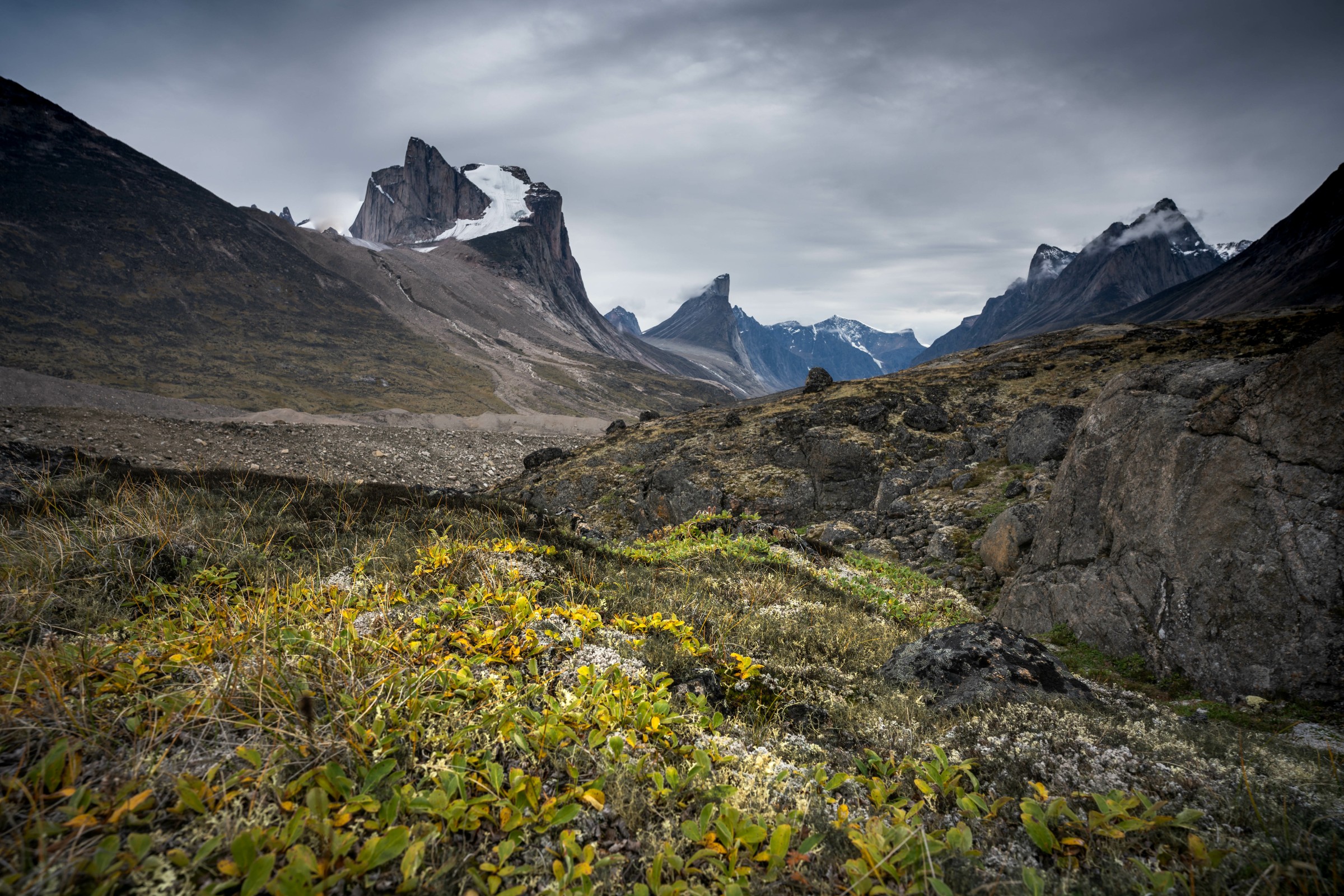The Earth’s core is leaking. At least, that seems to be the consensus of researchers behind a new study published Wednesday in the journal Nature. The researchers say that ancient lava flows from Baffin Island, a large landmass in Canada’s Arctic Archipelago, contain the highest ratios of helium-3, helium-4, and a third isotope scientists have ever found in terrestrial volcanic rocks.
The researchers believe that the lava flows could be coming from the Earth’s core, suggesting a leak in the Earth’s core, allowing that lava to seep up to the planet’s surface. What that might mean for the core is unclear, as we don’t know anything about our planet’s core besides the fact that it exists.
So, how did they come to this conclusion? It all starts with helium-3. This rare isotope is considered an ultra-rare element, with most of the helium-3 in the universe dating back to the Big Bang over 13.8 billion years ago. Some of that helium-3 became trapped in Earth’s core when Earth formed. We recently saw a lot of excitement around the discovery of helium-3 in moon crystals because of how rare this isotope is.

Now, with the levels of helium-3 seen from the lava flows that the researchers studied, it makes sense to conclude that the flows are leaking from deep in Earth’s core. There’s also a hypothesis that trace amounts of helium-3 and other rare elements can leech out of the core and travel up to Earth’s surface, but the finer details are still a bit of a mystery.
It isn’t news that Baffin Island rocks contain helium-3. Scientists have known that for a while now. However, the researchers behind this new study wanted to take what we knew further and determine how much higher the levels are than others. They discovered that the levels are even higher than were previously reported, only strengthening the possibility of a leak in the Earth’s core.
Luckily, this leak doesn’t seem to be dangerous, at least not yet. The researchers say there aren’t enough helium-3 atoms in the rocks to be dangerous, and because it’s a noble gas, it doesn’t chemically interact with other elements. Further, the area where the lava flows reach Baffin Island is extremely remote, so there isn’t much risk of people being exposed without effort to visit.








